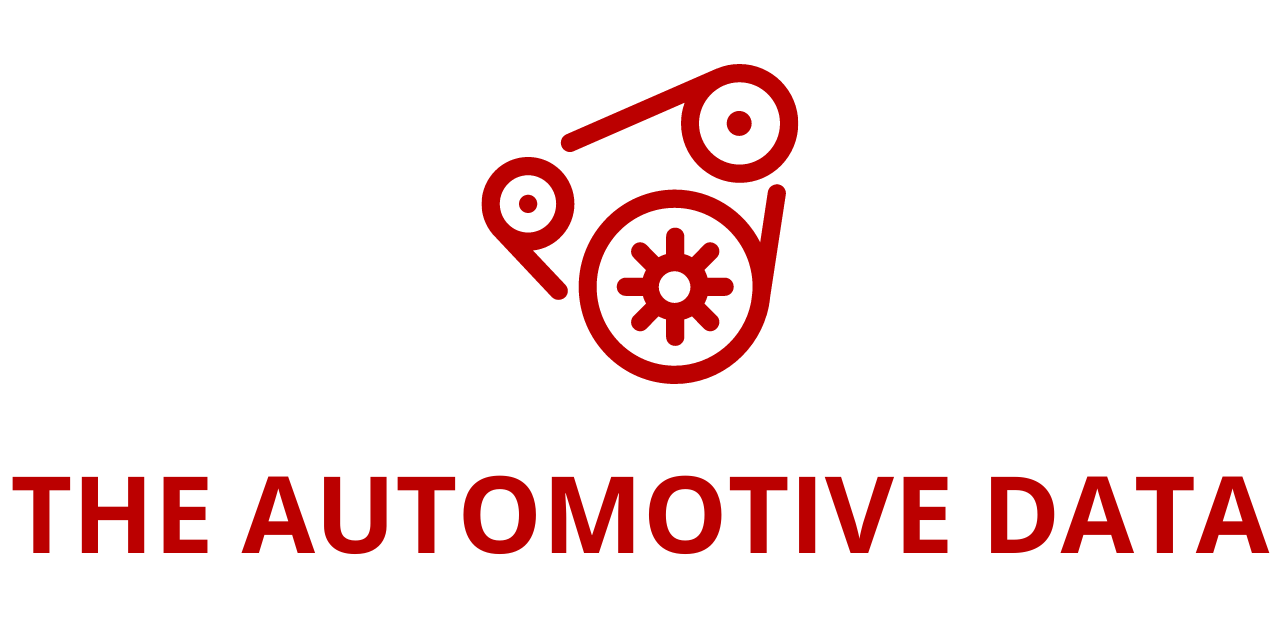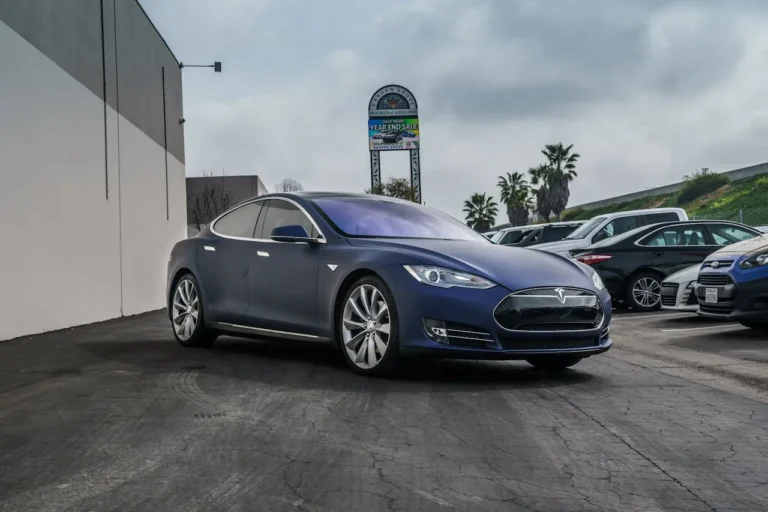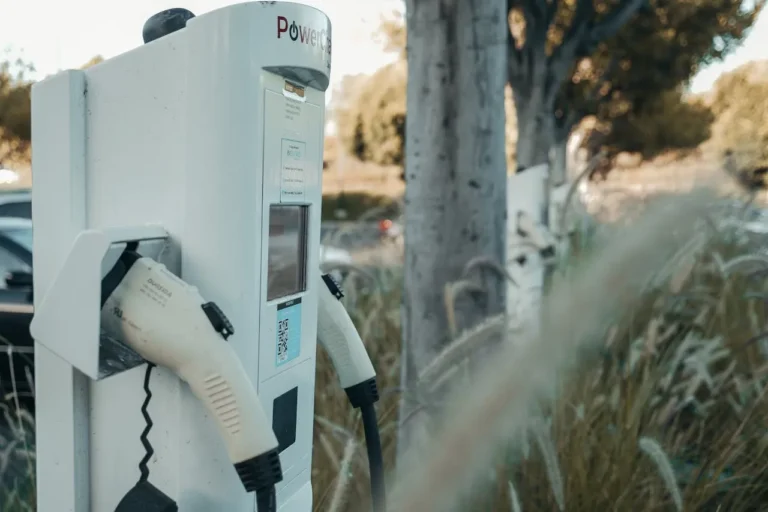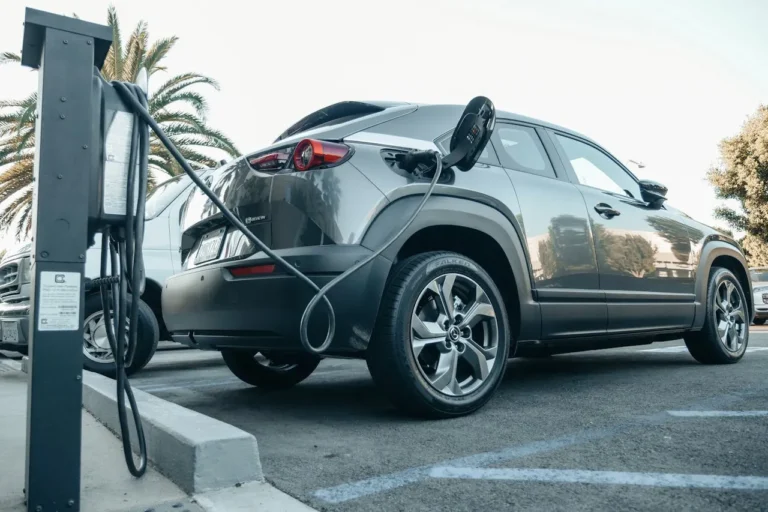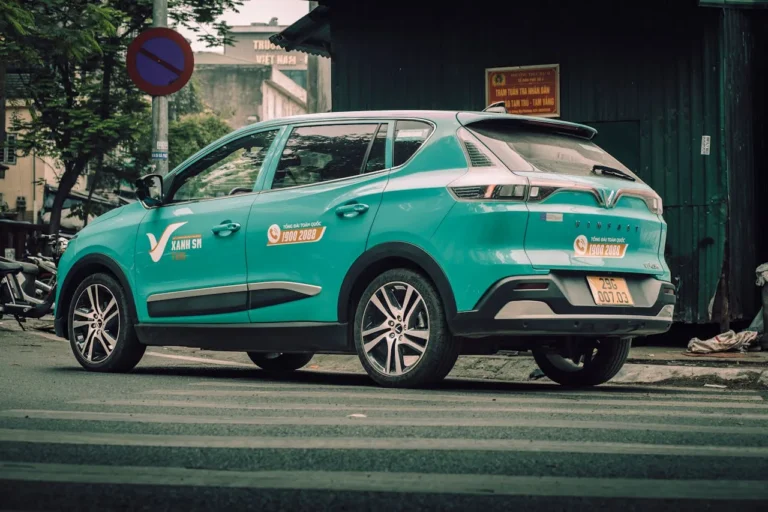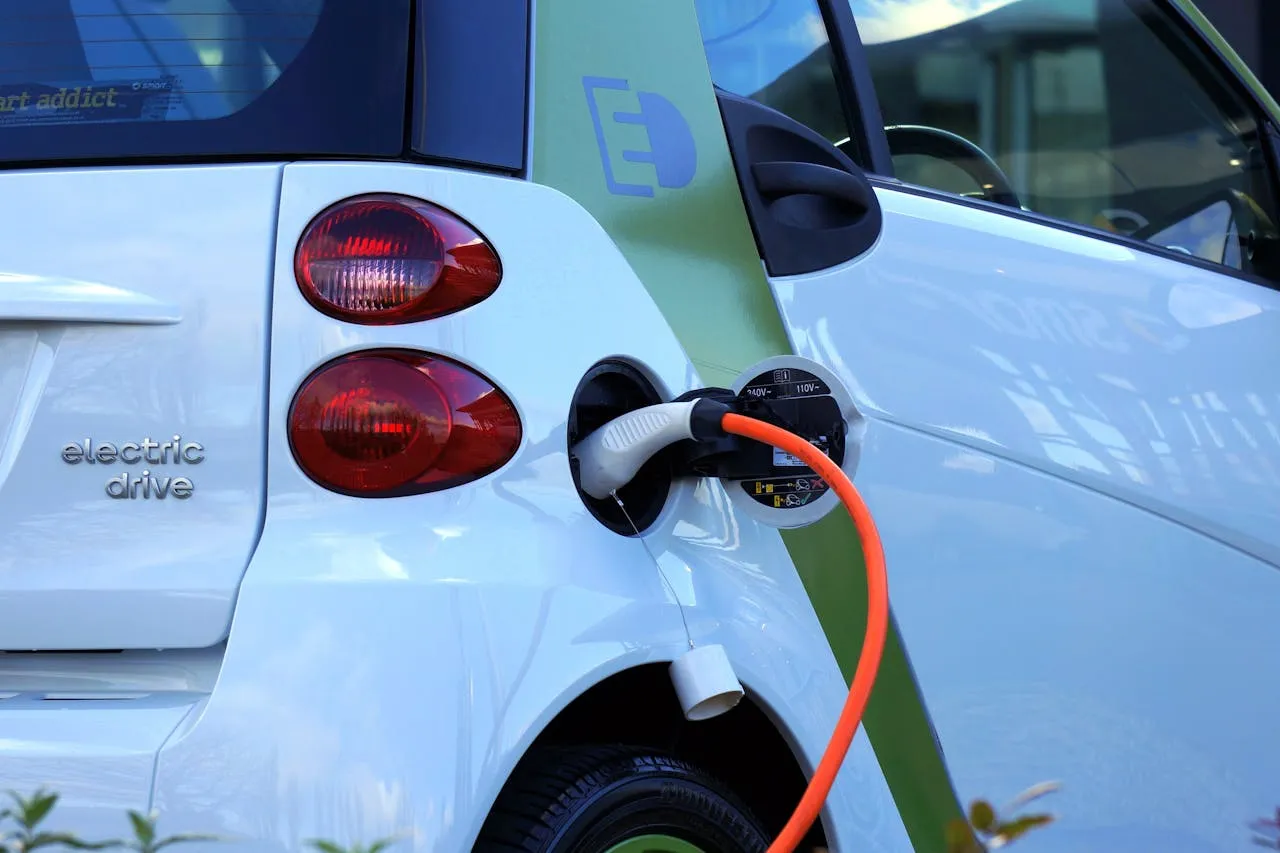
Europe Automobile Leasing Market Forecast 2025–2034: EV Momentum, Digital Leasing, and the Shift to Mobility-as-a-Service
The European automobile leasing market is undergoing a significant transformation, driven by shifting consumer preferences, policy changes, and rapid advances in technology. According to the latest report, “Europe Automobile Leasing Market: Focus on Application, Battery Type, and Country-Level Analysis – Analysis and Forecast, 2025–2034”, the industry is poised for steady growth as the region embraces flexible mobility models, zero-emission vehicles, and software-driven leasing ecosystems.
A Market in Transition: From Ownership to Usership
As mobility needs become more dynamic, both private consumers and corporate fleets are increasingly favoring leasing over traditional ownership. The rising cost of new vehicles, coupled with the unpredictability of resale value and fast-paced technological advancements, has made leasing a more attractive and practical alternative. Individuals are drawn to the ease of predictable monthly payments, low commitment periods, and the ability to access newer vehicle models with minimal long-term risk. For businesses, leasing offers tax benefits, operational flexibility, and simplified fleet management.
The shift is also deeply rooted in broader societal trends—especially the growing preference for sustainable transportation and digitally enhanced services. As users prioritize convenience and environmental responsibility, leasing companies are adapting rapidly to offer tailored solutions across multiple vehicle types and platforms.
Key Trends Shaping the European Leasing Market
1. Surge in Electric Vehicle (EV) Leasing
Europe is at the forefront of the global EV revolution, and leasing is playing a pivotal role in supporting this shift. With internal combustion engine (ICE) vehicle bans on the horizon in several countries, consumers and businesses are turning to electric vehicles as the future of mobility. Leasing helps alleviate common EV ownership concerns such as high upfront costs, battery degradation, and uncertain residual value.
Leasing companies are responding by offering short-term and subscription-based EV lease plans that provide flexibility and remove long-term risk. This is particularly attractive for first-time EV users or those hesitant to commit due to evolving battery technologies and charging infrastructure.
2. Growth of Digital Leasing Platforms
The adoption of online leasing platforms is transforming how consumers interact with leasing providers. From digital comparison tools to end-to-end contract signing and vehicle delivery, online channels are streamlining the leasing process and enhancing customer experience. Leasing companies are also integrating advanced telematics and leasing management software to offer usage-based plans, monitor fleet performance, and manage contracts in real time.
3. Expansion of Car Sharing and Mobility-as-a-Service (MaaS)
Car sharing, ride-hailing, and subscription services are reshaping the definition of vehicle access. Instead of owning or leasing a single vehicle, users now expect integrated mobility options. Leasing firms are aligning with MaaS providers to support multi-modal transport solutions that combine public transit, shared vehicles, and on-demand services. These models reduce congestion, lower emissions, and provide cost-effective alternatives to car ownership—particularly in urban environments.
Market Drivers
The European automobile leasing sector is driven by several converging factors:
- Consumer Behavior Shift: There is a clear move from vehicle ownership to flexible access models, especially among younger, urban populations.
- High Upfront Vehicle Costs: Rising new vehicle prices make leasing a more viable option for affordability.
- Sustainability Goals: National and EU-wide targets for emission reductions are accelerating the shift to leased EVs.
- Corporate Fleet Optimization: Companies are restructuring fleets for cost-efficiency, environmental compliance, and employee satisfaction through company car schemes.
- Technology Integration: Leasing platforms are increasingly powered by AI, IoT, and mobile-first tools that enhance user experience and data-driven decision-making.
Market Restraints
Despite strong growth indicators, the market faces several challenges:
- Economic Volatility: Fluctuating interest rates, inflation, and potential recessions can disrupt leasing economics and suppress consumer spending.
- Residual Value Risks: Leasing firms face difficulty in forecasting resale value—especially for rapidly evolving EV technologies, where battery lifespan and regulatory shifts can affect secondhand pricing.
- Regulatory Uncertainty: Sudden changes in emissions standards or tax policies can impact fleet planning and leasing strategies.
Market Opportunities
Opportunities abound in emerging segments and underpenetrated markets. These include:
- Corporate Mobility-as-a-Service: Leasing companies are developing white-labeled corporate mobility platforms that integrate car leasing, ride-hailing, and shuttle services.
- Short-Term and Flexible Leasing: Daily, weekly, and monthly leasing options cater to gig economy workers, tourists, and users needing temporary transport.
- Fleet Telematics and Insurance Integration: Usage-based insurance (UBI) and real-time vehicle monitoring offer value-added services and safety assurance.
- Green Leasing Packages: All-inclusive EV leases that bundle insurance, maintenance, and charging services are gaining popularity.
Segmentation Analysis
By Application
End-User:
- Individuals: Prefer leases for affordability, reduced commitment, and convenience.
- Corporate Clients: Use leasing to optimize fleet usage, enhance employee benefits, and reduce CapEx.
Vehicle Type:
- Passenger Cars: Core of the leasing market, particularly sedans, hatchbacks, and crossovers.
- Vans and Trucks: Popular with logistics and last-mile delivery companies.
- Recreational Vehicles (RVs): Gaining popularity for short-term travel and leisure needs.
- Others: Includes emerging segments such as micromobility and low-speed electric vehicles.
By Product
Lease Type:
- Open-End Lease: Offers flexibility at lease end, though risk lies with lessee.
- Close-End Lease: Lessor assumes residual value risk; preferred for stable, predictable costs.
Channel:
- Offline: Traditional dealership-based leases.
- Online: Growing trend with digital-first customers embracing convenience and transparency.
Regional Insights
Germany
As Europe’s largest automotive market, Germany leads in corporate leasing adoption and premium vehicle leasing. Digitalization and a strong financial sector support its robust leasing infrastructure.
United Kingdom
A mature leasing market with high uptake of company car schemes and personal contract hire options. Despite post-Brexit changes, demand remains steady, especially for EVs and luxury cars.
France
Supports leasing growth through favorable EV incentives and strong OEM-backed leasing programs. Domestic brands often integrate leasing offers to encourage brand loyalty.
Italy
Experiencing steady growth in SME fleet leasing, although cultural preference for used vehicles still influences lease uptake and residual value strategies.
Nordic-Baltic Region
Leads in EV leasing penetration. High digital maturity supports app-based leasing models, and governments continue to incentivize sustainable mobility solutions.
Rest of Europe
Includes Spain, the Netherlands, and smaller markets with growing demand for leasing in tourism, fleet, and shared mobility applications.
Competitive Landscape
Key players dominating the European automobile leasing market include:
- Volkswagen Leasing GmbH
- Arval (BNP Paribas Group)
- Ayvens Group
- Alphabet (BMW Group)
- Deutsche Leasing
- UniCredit Leasing
- Mobilize Financial (Renault Group)
- Nordea Finance Finland Ltd
- SIXT Group
- Europcar Mobility Group
- OK Mobility
- Enterprise Holdings, Inc.
- THOR Industries
- Athlon International
- Santander Consumer Finance, S.A.
These companies are investing in digital transformation, EV-focused products, and strategic partnerships to maintain competitiveness in a rapidly evolving landscape.
